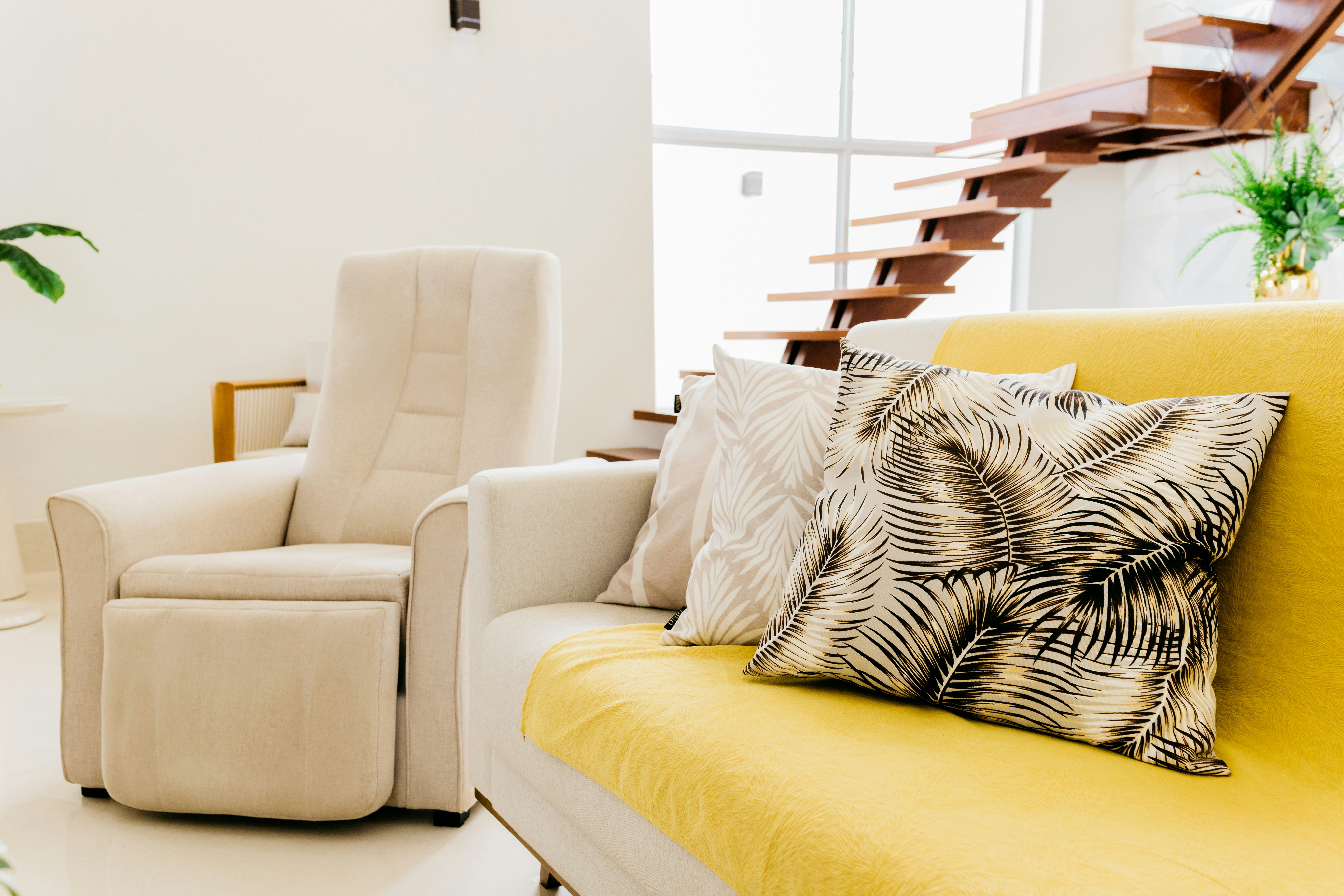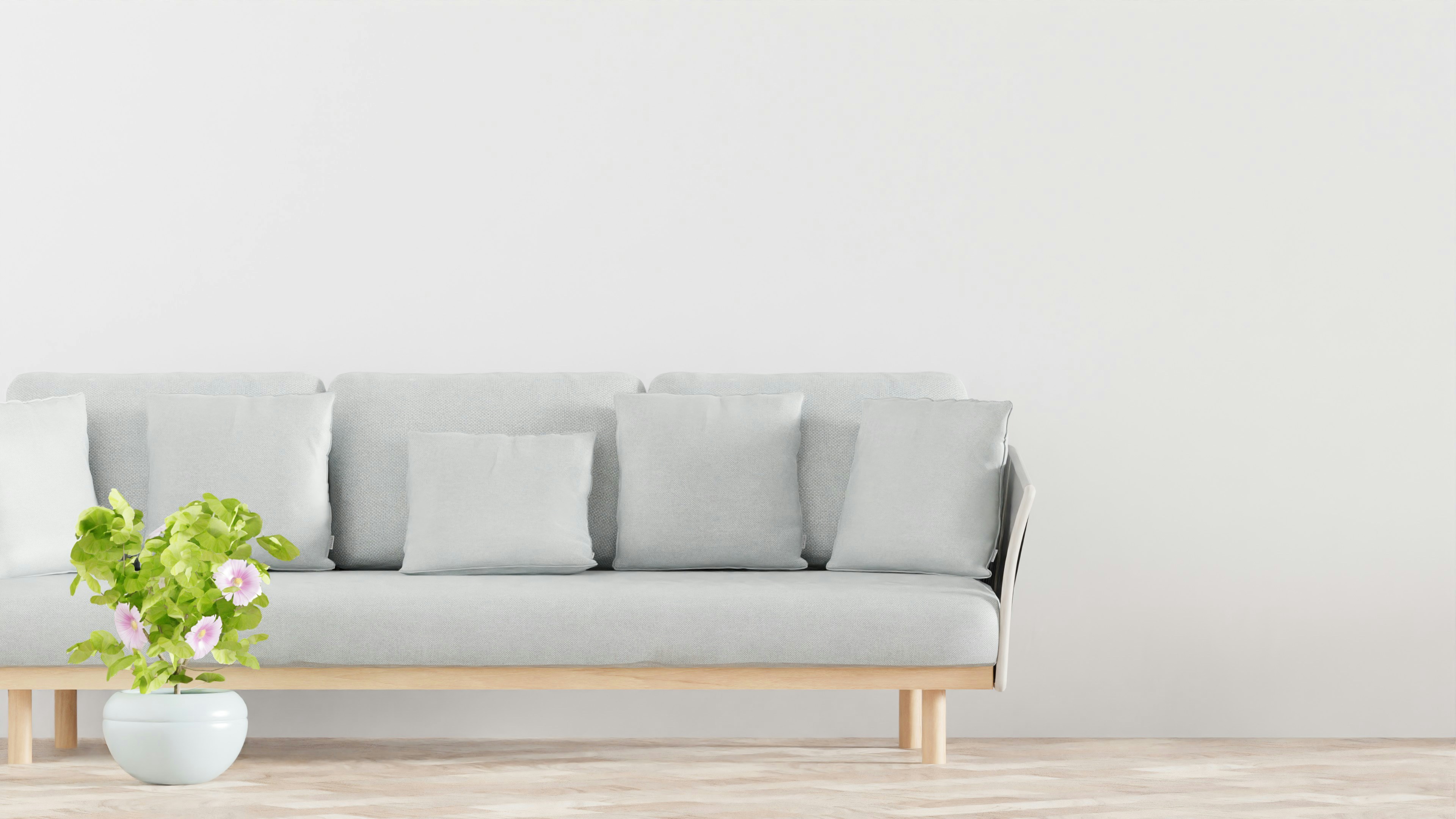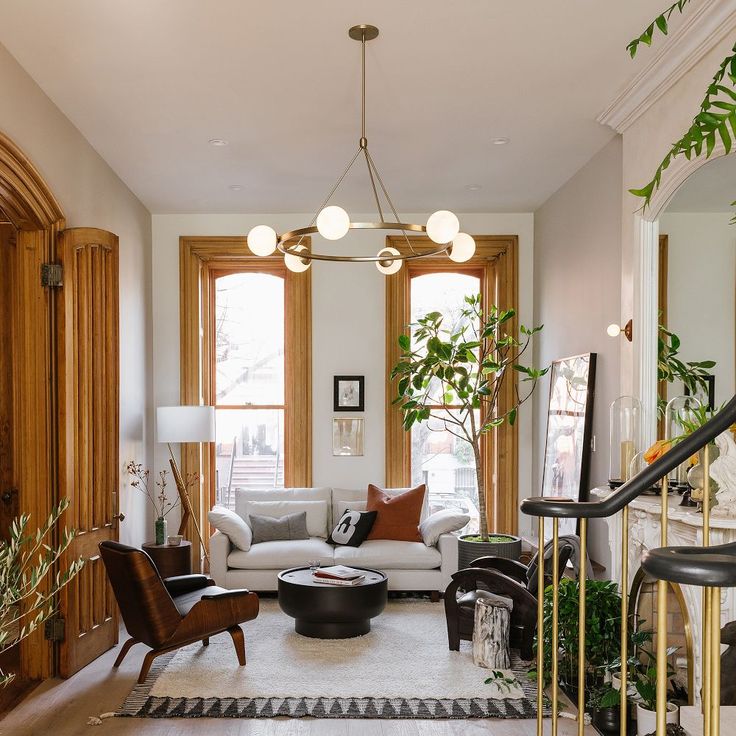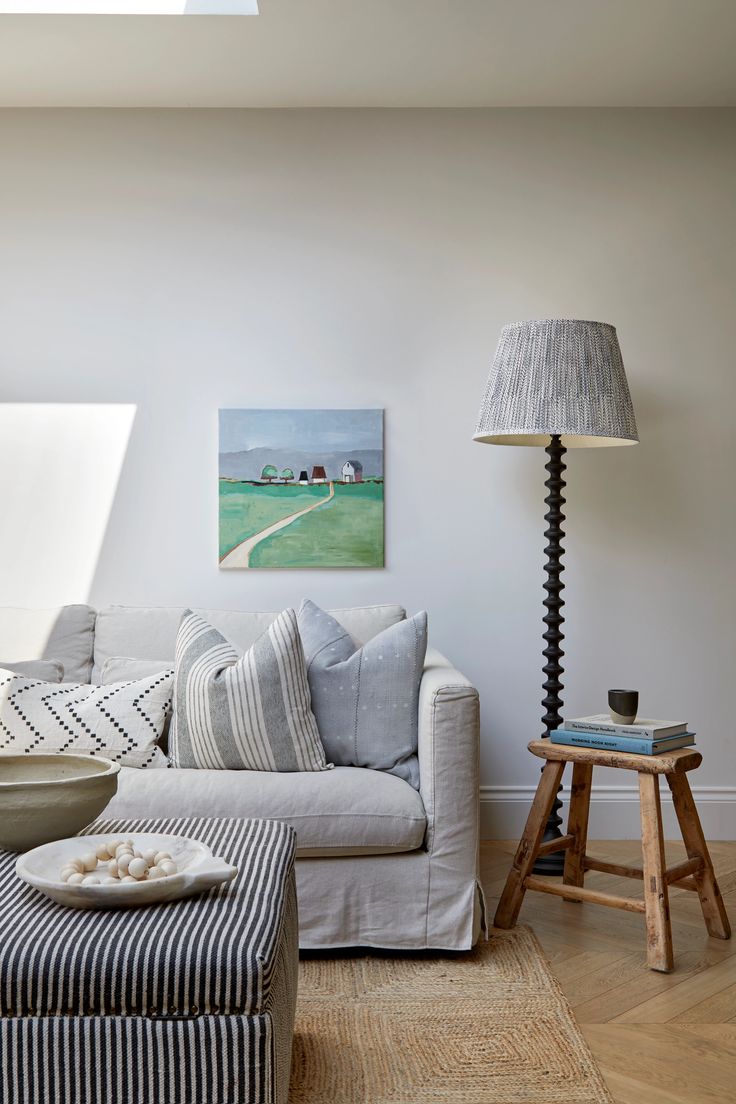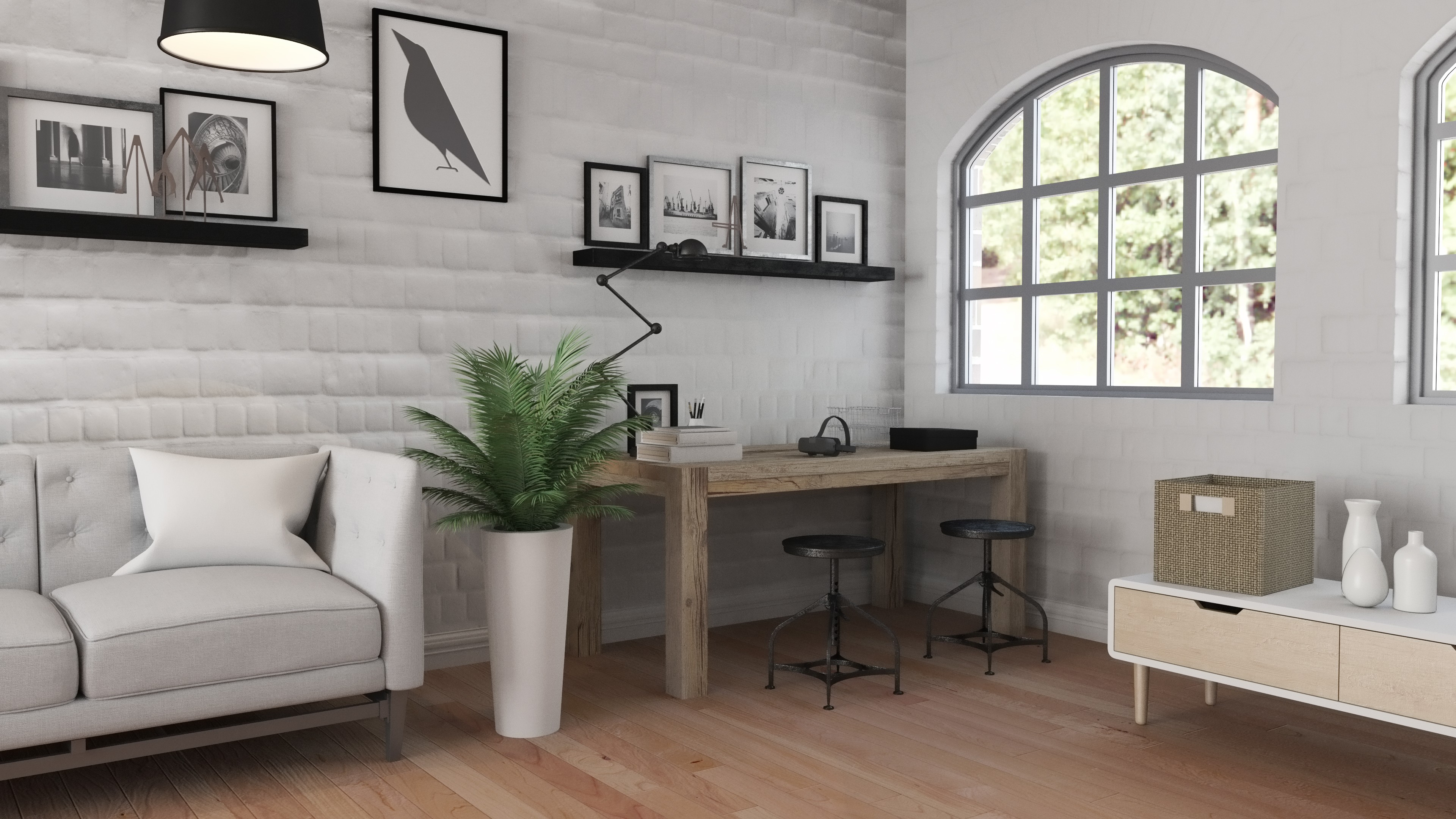December 10,2024
05 min read
Networking and Collaborations – Expanding Your Reach
Interior Tips
Interior Guide

By Roxi Zeeman
Networking and Collaborations – Expanding Your Reach
Introduction
In today’s competitive interior design market, especially in vibrant cities like London, networking and collaborations have become essential tools for growth. Whether you're an aspiring designer or an established professional in Tunbridge Wells, building strategic connections can significantly impact your career trajectory.
This blog will delve into the importance of networking and collaboration in interior design, and how fostering meaningful relationships can elevate your brand. We will discuss effective networking strategies, collaboration trends for 2025, and how to leverage these relationships to unlock opportunities in the design world.
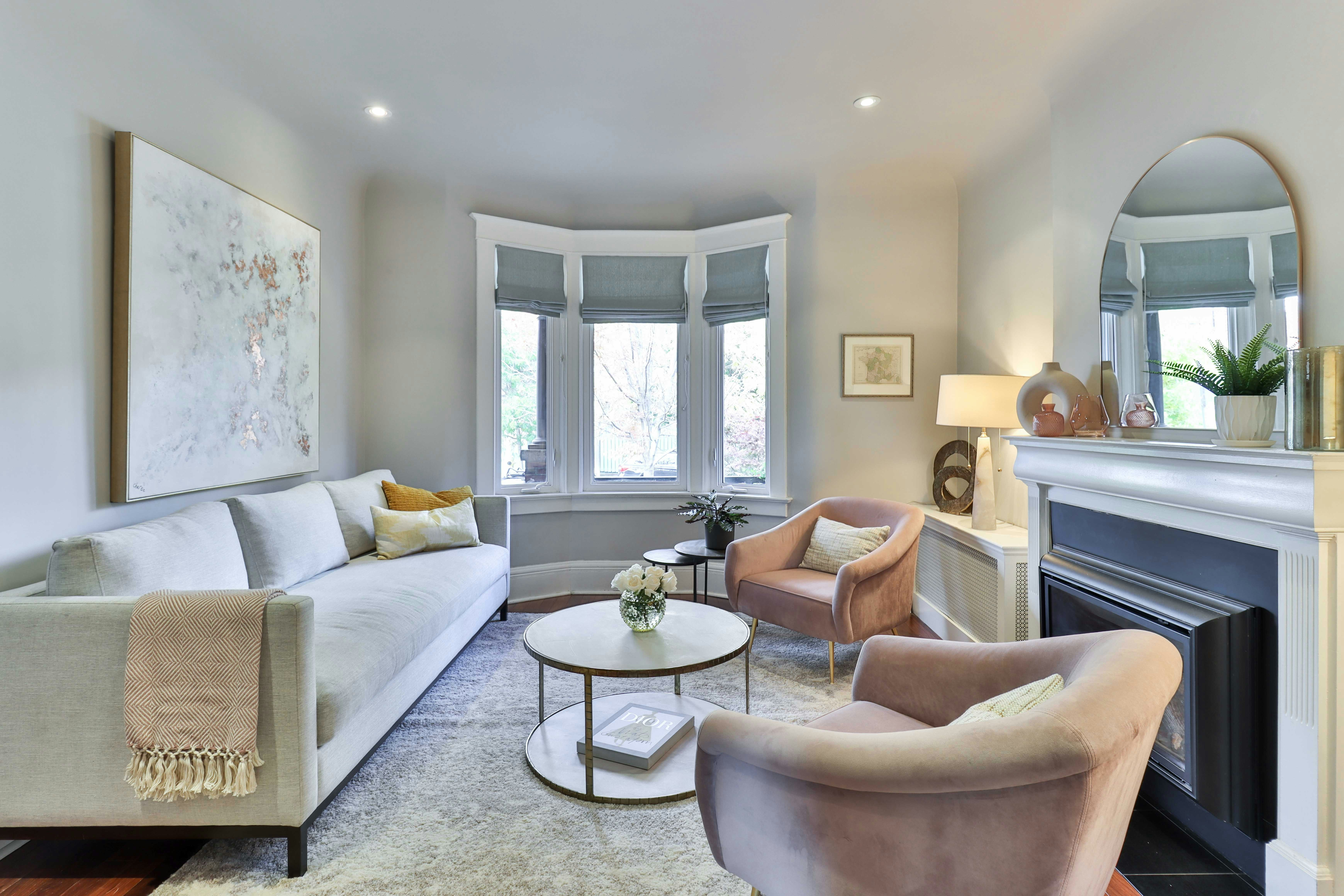
1. The Power of Networking in Interior Design
Networking is the cornerstone of career growth. For interior designers, it’s not just about meeting potential clients—it's about creating long-term relationships that lead to referrals, partnerships, and joint ventures.
Why Networking is Vital:
Access to New Opportunities: Networking connects you to a pool of potential clients, collaborators, and suppliers.
Learning from Others: Exchange knowledge with industry peers, leading to improved designs and innovative ideas.
Brand Recognition: The more you network, the more you establish your presence in the industry.
Practical Tips:
Attend Design Events: Participate in key events such as London Design Festival or Clerkenwell Design Week to meet like-minded professionals.
Utilise Social Media: LinkedIn, Instagram, and Pinterest are powerful platforms for connecting with other designers, clients, and suppliers.
Engage in Industry Groups: Join networks such as the British Institute of Interior Design (BIID) or Interior Designers London to meet fellow designers and industry influencers.
2. Collaborations – A Key Driver for Success in 2025
Collaborations are reshaping how interior designers work. By teaming up with other professionals, such as architects, artists, or even tech developers, designers are enhancing their skill sets and offering more comprehensive solutions to clients.
Collaboration Trends in 2025:
Cross-Industry Partnerships: Collaborating with tech developers to integrate innovative smart home features into interior designs.
Sustainability: Partnering with eco-conscious suppliers to create green, energy-efficient spaces.
Local Artisans: Working with craftspeople and local artists to create bespoke, one-of-a-kind pieces for clients.
How to Build Strong Collaborations:
Build a Diverse Portfolio: Showcase your collaborative projects to attract future partnerships.
Align with Like-minded Professionals: Choose collaborators whose values align with yours, especially when it comes to sustainability and ethics.
Seek Out Co-Branding Opportunities: Partnering with well-established brands can raise your profile and generate additional visibility.
Image Slot 1: Image of a collaboration between a designer and local artisan, showcasing a bespoke piece of furniture.
3. The Benefits of Networking for Business Growth
Networking helps you grow both personally and professionally. In a competitive field like interior design, your network can be your greatest asset, providing new opportunities and client referrals.
How Networking Helps Your Business:
Client Referrals: Happy clients are likely to recommend you to others in their network.
Access to Resources: Connections to suppliers and manufacturers can lead to better pricing and exclusive products.
Industry Exposure: Networking gives you the chance to present your work at industry events, increasing your visibility.
4. Building Meaningful Relationships
In networking, quality is far more important than quantity. Building genuine, long-lasting relationships with people who share your passion for design will pay off in the long term.
How to Build Strong Relationships:
Be Authentic: Approach networking with a genuine interest in others’ work.
Follow Up: After meeting someone, send a personalised follow-up email or message.
Offer Value: Don’t just seek help—offer it. Helping others in your network can lead to mutually beneficial relationships.
5. Networking in a Digital World
With the rise of digital platforms, networking isn’t limited to physical events. You can now connect with industry professionals from around the world, making your network more diverse and far-reaching.
Tips for Digital Networking:
Join Online Communities: Participate in interior design forums, groups, and webinars to exchange ideas and gain insights.
Leverage Social Media: Share your work on Instagram and Pinterest to attract attention from potential collaborators and clients.
Host Virtual Events: Create webinars or virtual meetups to build your network and establish yourself as a thought leader in the industry.
6. The Role of Referrals in Networking
Referrals are a crucial part of networking and can help you secure high-value projects. When clients, colleagues, or collaborators recommend your services, it is often more effective than any marketing campaign.
How to Encourage Referrals:
Ask for Testimonials: After completing a project, request testimonials from satisfied clients to showcase on your website and social media.
Stay Top of Mind: Keep in touch with past clients and collaborators, even if you’re not actively working together.
Offer Incentives: Consider offering a small reward or incentive for referrals that lead to new business.
7. Overcoming Networking Challenges
Networking doesn’t always come naturally, especially for introverts or those new to the industry. However, with the right strategies, anyone can build a strong network.
Common Networking Challenges:
Fear of Rejection: Rejections happen, but they should never deter you from pursuing new connections.
Finding the Right People: Look for niche groups or specific events tailored to interior design professionals.
Time Management: Networking takes time, so it’s essential to schedule dedicated time for building relationships.
Solutions:
Practice Your Pitch: Prepare an engaging elevator pitch that highlights your skills and experience.
Start Small: Focus on a few meaningful connections rather than trying to meet everyone.
Be Consistent: Regularly attend events, and follow up with new contacts to keep the relationship alive.
8. Networking for Design Growth – Making the Most of Connections
To fully capitalize on networking, it’s essential to use your connections wisely. By nurturing relationships and collaborating with industry professionals, you can take your design business to new heights.
How to Maximise Your Networking Potential:
Collaborate on Projects: Use your network to find collaborators for bigger projects or specializations you’re not an expert in.
Seek Mentorship: A mentor can provide invaluable advice and introduce you to other professionals in the industry.
Join Design Competitions: Participate in competitions to gain exposure and connect with like-minded professionals.
9. How to Measure Networking Success
Tracking your networking progress helps you understand the impact of your efforts.
Metrics for Success:
New Opportunities: Track how many new clients or collaborations result from your networking.
Connections Made: Keep a record of new contacts, including suppliers, clients, and industry professionals.
Growth in Social Media Engagement: Monitor how your social media following increases as a result of networking activities.
10. Creating Lasting Impressions
A lasting impression is crucial in networking. Being memorable in a positive way can ensure that your relationships remain strong for years to come.
Tips for Making a Lasting Impact:
Follow Up: Send a personalised email or message after meeting someone to maintain the connection.
Offer Help: Whenever possible, offer assistance or share valuable insights with your network.
Be Consistent: Make regular efforts to connect, even when you’re not actively seeking something in return.
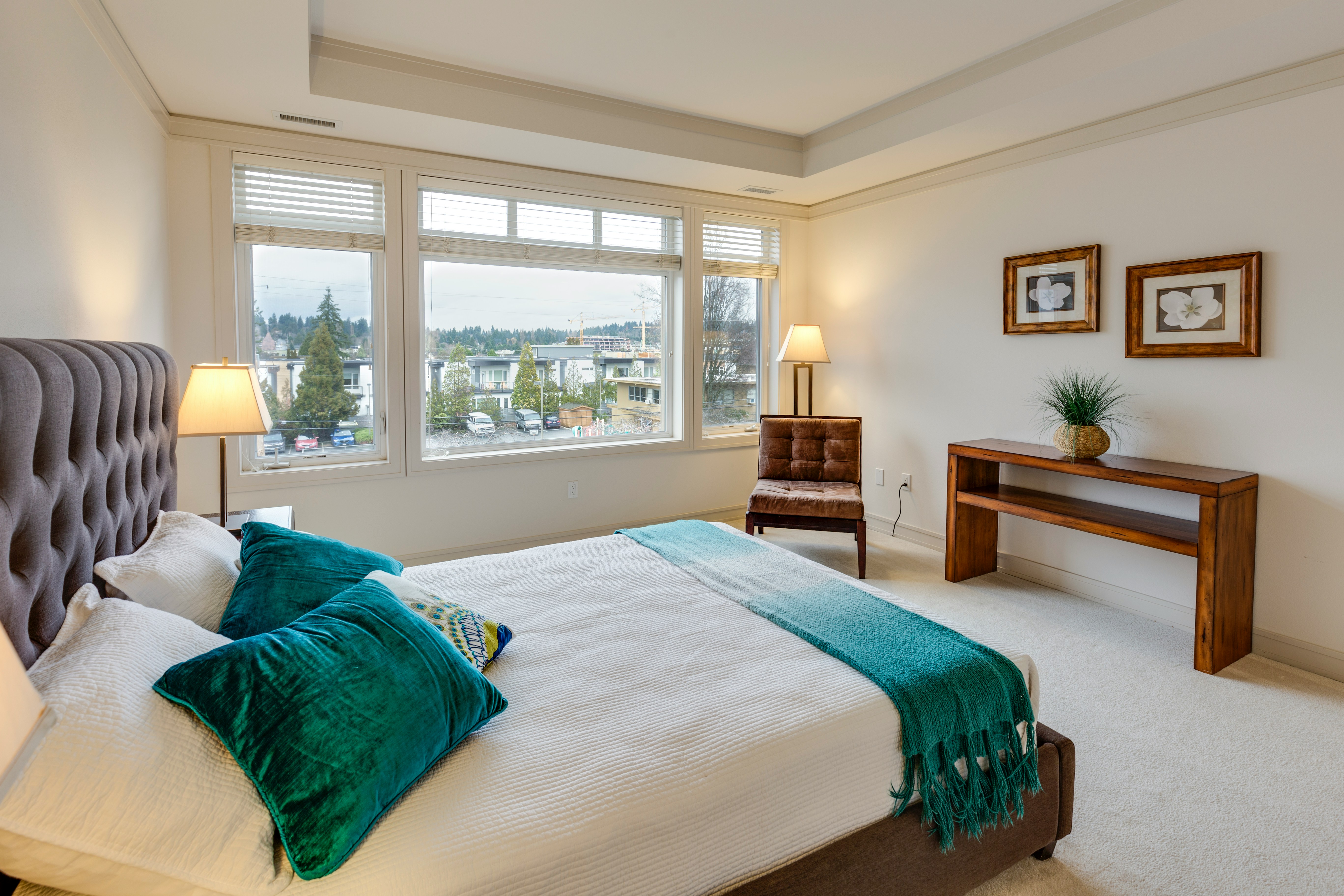
FAQ
1. How can I network effectively in a busy industry?
Focus on quality over quantity. Attend niche events and engage meaningfully with a select group of people.
2. How can I encourage referrals from clients?
Ask for testimonials and create a referral program that offers incentives for those who recommend your services.
3. How do I build relationships with industry professionals?
Attend industry events, collaborate on projects, and offer value to your network through shared knowledge and insights.
4. Can digital networking replace in-person events?
While in-person events are valuable, digital networking offers a broader reach and allows for global connections.
5. How do I overcome networking challenges as an introvert?
Start by networking in smaller, more intimate settings. Prepare in advance and practise your pitch to feel more confident.
Conclusion
Networking and collaborations are essential for interior designers looking to grow their business and expand their reach. By strategically building relationships and leveraging opportunities, you can position yourself as an influential figure in the design industry.For more tips on how to grow your interior design business and build valuable connections, visit our Contact Us page. Let’s work together to illuminate your path to success!
Ready to dive deeper into networking trends and strategies? Visit souq.studio for more insights and resources!
